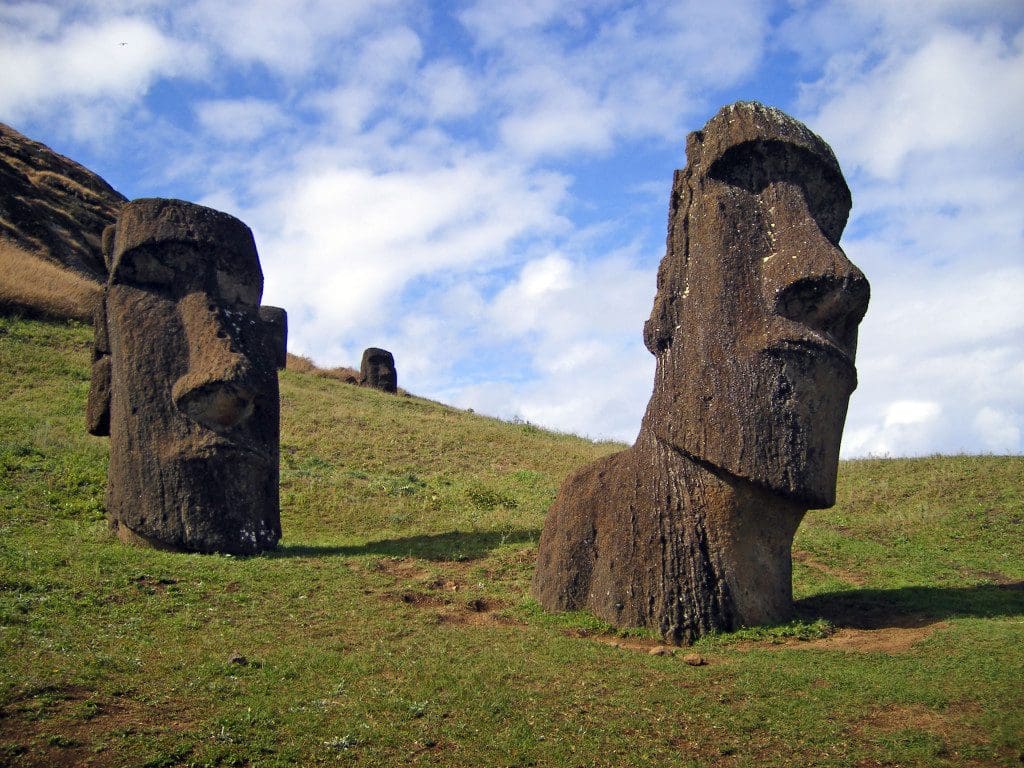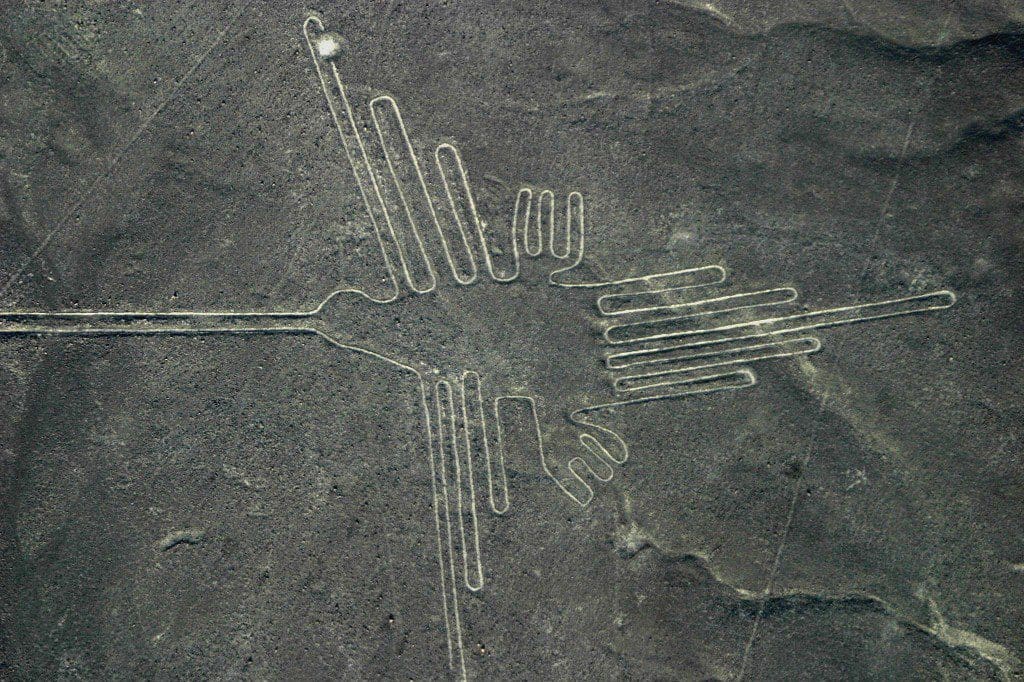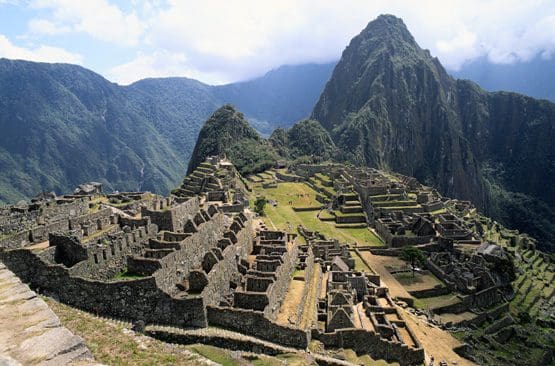To the intrepid traveler, mysterious destinations have an irresistible pull. Mystery and secrecy make inquiring minds want to know the truth even more – it’s just human nature. Ancient sites where the cultural history of the people or the hows and whys of construction have been lost over time are particularly intriguing. How did they build it without the aid of modern equipment and technology? What purpose did it serve in their daily lives?
Three of the most fascinating mysterious destinations are in South America. All three have been deemed UNESCO World Heritage Sites for their important historical and cultural significance. These are very special, bucket-list worthy places that captivate travelers’ imaginations and mesmerize those who visit with a magical, mystical quality.
 Easter Island, Chile
Easter Island, Chile
Easter Island, also known as Rapa Nui is one of the most isolated places in the world. It’s a tiny 60 square mile island located in the Pacific Ocean 2,300 miles west of Santiago, Chile and equidistant from Papeete, Tahiti. Originally settled by Polynesians sailing from the western Pacific, the island is known for the huge monolithic heads called Moais that represent deified ancestors. The moais are estimated to weigh 50-90 tons and there are hundreds of them set all over the island, most overlooking coastal villages with their backs to the sea. In the quarry alone, over 400 moais can be seen, some in varying stages of completion. Apparently one day the carvers just stopped their work, leaving their tools where they lay. In the 1700’s, a combination of deforestation, tribal rivalry, Peruvian slavers and European diseases lead to the decimation of the population and the end of the culture that created the Moai. Today travelers visit what is often called the world’s largest open-air museum to see the mysterious moais, wonder how the ancient villagers erected the massive stone carvings and why they simply stopped in mid-process.
 Nazca Lines, Peru
Nazca Lines, Peru
The Nazca Lines on the high desert plains of southern Peru are enormous drawings made sometime between 900 BC and 630 AD. The designs cover 190 square miles and range from simple lines to curvilinear animal figures like birds, monkeys and fish. Some of the largest drawings are hundreds of feet long. Since they cover such a huge area, they can only be seen clearly from the air and the ancient Nazca people who made them would have never seen the full effect. Scholars have determined how the lines were made – by removing the dark red pebbles and rocks from the surface of the desert floor, leaving a light-colored trench – but not why. One theory is that the lines were used to worship water; another is that the lines are a giant astronomical calendar. The mystery remains, but travelers who take a flight-seeing trip over the Nazca Lines get to see the artwork that their creators never did.
 Machu Picchu, Peru
Machu Picchu, Peru
The Lost City of the Incas is possibly the most spectacular archeological ruin in the world. At 8,000 feet elevation, it sits on the spine of a mountain ridge, surrounded on three sides by stone and earth terraces and the fourth side is a sheer cliff. The city was built around 1,450 AD and abandoned about 100 years later, but only discovered in 1911. Machu Picchu has 200 houses, temples and palaces built with perfectly fitted block stones, particularly the Temple of the Sun, the Temple of the Three Windows and the Sacristy. Machu Picchu is believed to have been an important religious site, but it is also theorized that it was an estate for an Inca emperor, a prison or an agricultural testing station. Whatever the true use of the city or why the Incas left it, UNESCO has deemed it “an absolute masterpiece of architecture and a unique testimony to the Inca civilization.” It is a magical place where travelers from all walks of life report experiencing a comforting serenity, clarity and balance when there.
Although you may not unravel the mystery of how and why these ancient sites exist by visiting, you will learn about the vanished cultures that lived there and you just might brush a deeper consciousness in your own self. To find out more about these and other mysterious destinations, contact Covington Travel.






Leave a Reply